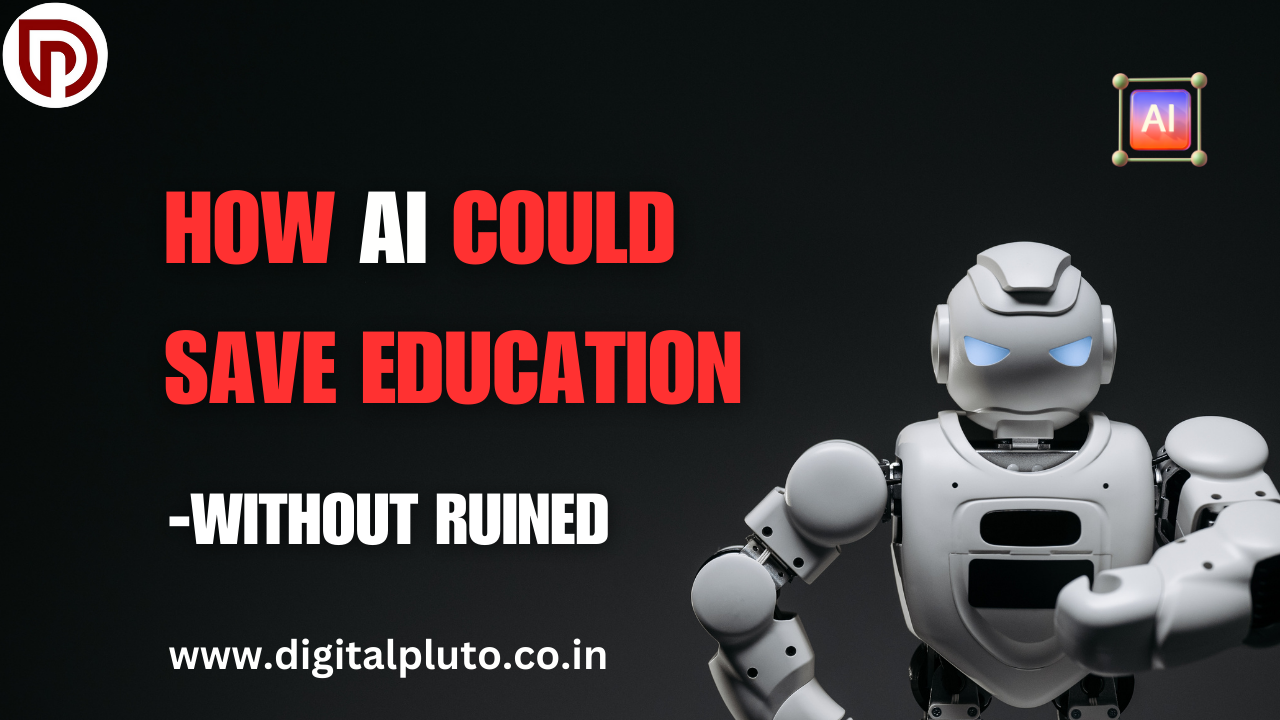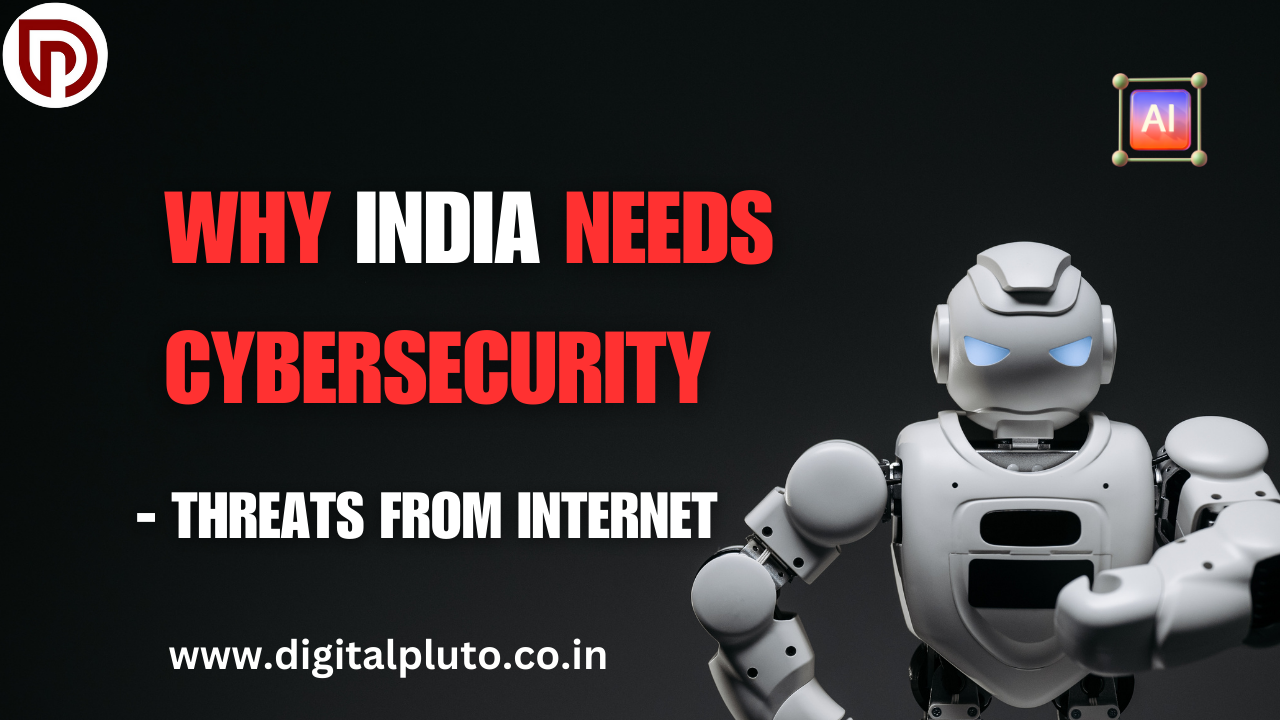
The Potential of AI to Revolutionize Learning

A contentious discussion over the future of education has been triggered in recent months by the emergence of AI technologies such as ChatGPT. Many worry that pupils may cheat and ruin the educational process by using these technologies. However, we think that education is about to undergo a significant positive change. One is how AI could save education and open up previously unheard-of learning opportunities for both teachers and pupils.
AI has the potential to be the most useful tool in solving the persistent problems in education. We think we can finally solve the “2 sigma problem”—the notion that one-on-one tutoring can increase student performance by two standard deviations—by assigning each student an “artificially intelligent but amazing personal tutor” and each teacher an “amazing, artificially intelligent teaching assistant.”
Khan’s team has been working diligently to realize this vision by creating Khanmigo, an AI-powered chatbot that is revolutionizing what can be done in the classroom. We will go further into Khanmigo’s capabilities in this post and examine how AI-powered resources like these have the potential to completely transform education.
Khanmigo: The AI Tutor and Teaching Assistant of the Future
Khanmigo, an AI assistant that can function as a strong teaching tool for teachers and a personal tutor for students, is at the core of Khan’s goal to see how AI could save education . In contrast to ChatGPT and other more open-ended conversational models, Khanmigo has been meticulously crafted and trained to perform very well on particular educational activities.
1. Personalized Tutoring for Every Student

The capacity of Khanmigo to offer pupils individualized, Socratic-style instruction is among its most remarkable features. As Khan illustrates in his TED Talk, Khanmigo is able to diagnose the underlying misperception and direct the learner toward the right answer in addition to recognizing when a student has erred.
Khanmigo identified, for instance, that the student had improperly applied the distributive property in a math task. Through a series of insightful questions, Khanmigo helped the student arrive at the right answer by first asking them to explain their thinking and then gently pointing out the mistake.
This level of personalized, adaptive tutoring is a game-changer, as it allows each student to receive the tailored support they need to truly master the material. As Khan notes, this kind of one-on-one instruction has the potential to transform an average student into an exceptional one and a below-average student into an above-average one.
2. Socratic Dialogue and Contextual Understanding

Khanmigo is capable of much more than just arithmetic and coding tasks. To help students better grasp difficult subjects, the AI assistant may have Socratic conversations by posing insightful queries.
Khanmigo was able to assume the role of Jay Gatsby himself and offer a complex, contextual explanation of the symbol’s meaning, for example, when a student was studying “The Great Gatsby” and had trouble understanding the significance of the green light. In a manner that traditional training frequently fails to accomplish, this kind of immersive, interactive learning experience makes the subject matter come to life, in which AI could save education.
Moreover, Khanmigo’s ability to understand the context of the student’s learning journey is truly remarkable. Whether the student is watching a video, reading a passage, or working through an exercise, Khanmigo can seamlessly integrate its support, offering guidance, answering questions, and providing feedback tailored to the specific task at hand.
3. Empowering Students as Writers

The potential of Khanmigo to revolutionize the way students hone their writing abilities is among its most intriguing uses. Khanmigo is made to work with students, helping them through the writing process and giving them helpful criticism, rather than just delivering a final piece.
Students can use Khanmigo to sketch their ideas, brainstorm ideas, and even co-author creative stories, as Khan illustrates. To keep the learner actively involved in the learning process, the AI assistant offers ideas and prompts but ultimately lets them do the creative work.
Khanmigo uses a Socratic method for giving students writing criticism, posing queries that compel them to consider the coherence of their work as a whole, the clarity of their language, and the strength of their arguments. Khanmigo fosters the development of critical thinking and self-evaluation skills by pointing out particular areas for growth and challenging the learner to consider their own writing critically.
4. Empowering Teachers with AI Assistance

Although there is no denying Khanmigo’s potential advantages for pupils, Khan also highlights how AI-powered resources may help and empower educators. Lesson planning, progress reporting, and grading are time-consuming administrative duties that Khanmigo can handle, freeing up teachers to concentrate on what matters most: developing deep relationships with students and customizing instruction to meet their individual needs.
Khanmigo can offer educators a multitude of tools and advice to improve their classes. The AI assistant can be a very useful partner, assisting teachers in providing more individualized and efficient training by offering suggestions for instructional tactics and creating unique lesson plans.
Additionally, Khanmigo’s real-time feedback and performance analytics can help teachers pinpoint and close learning gaps faster, preventing any student from falling between the cracks. Teachers may spend more time interacting directly with their students and less time on administrative duties by utilizing AI, which will ultimately improve learning results for everyone.
5. Addressing the Concerns: Mitigating the Risks of AI in Education
Khan admits that there are legitimate worries about the technology’s possible abuse, even though the potential advantages of AI-powered solutions like Khanmigo are indisputable. It is reasonable to worry that students will use AI to cheat or sabotage the educational process, and Khan stresses the significance of putting strong security measures and moral standards in place to reduce these threats.
The ability for teachers to keep an eye on and evaluate every contact between students and AI is one of the main security features included in Khanmigo. This guarantees that the technology is not being exploited to go around the educational process but rather as a tool for learning. Furthermore, Khanmigo is made to encourage students to think critically and justify their answers rather than just giving them.
It also emphasizes how crucial it is to find the ideal balance between AI and human participation in the learning process. AI has the potential to be a very useful tool for improving and customizing education, but it should never take the place of teachers and the human bonds they create with their students. When educators collaborate with AI, they may make use of the technology’s advantages while still fulfilling their crucial role as mentors, guides, and learning facilitators.
Conclusion: A Vision for the Future of Education
There are countless possibilities for education in the future, when AI-powered resources like Khanmigo complement human educators to help each student reach their greatest potential. By offering individualized coaching, encouraging Socratic discussion, and enabling students to write, Khanmigo signifies a revolutionary change in the way we think about education.
Furthermore, AI could save education, like Khanmigo can assist in resolving long-standing issues in the educational system by empowering and supporting instructors. This will allow educators to concentrate on the most crucial facets of their jobs, which include developing deep relationships with students and customizing curriculum to meet their individual requirements.
We must be open-minded but watchful as we negotiate the complicated and frequently divisive field of AI in education. We can use AI to improve human intelligence and build a future where all students have the chance to succeed if we collaborate to create moral standards and protections.
Follow https://www.digitalpluto.co.in/ for more latest updates about artificial intelligence.





